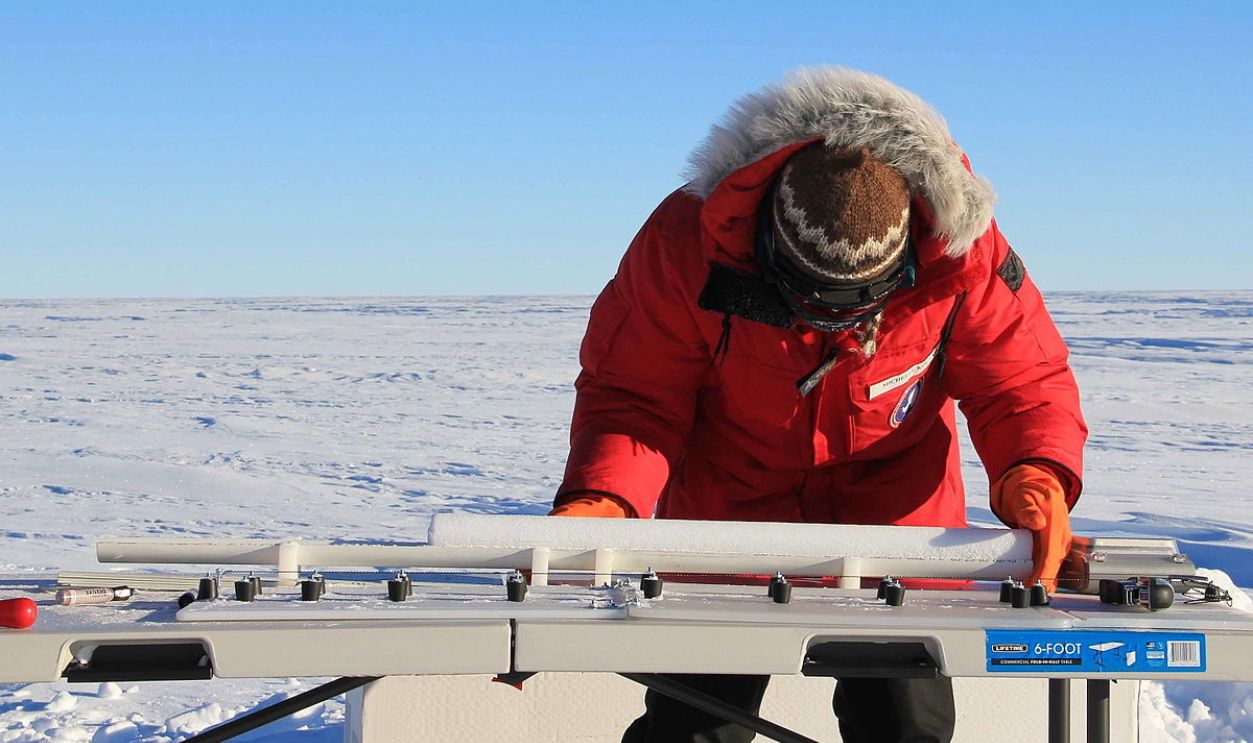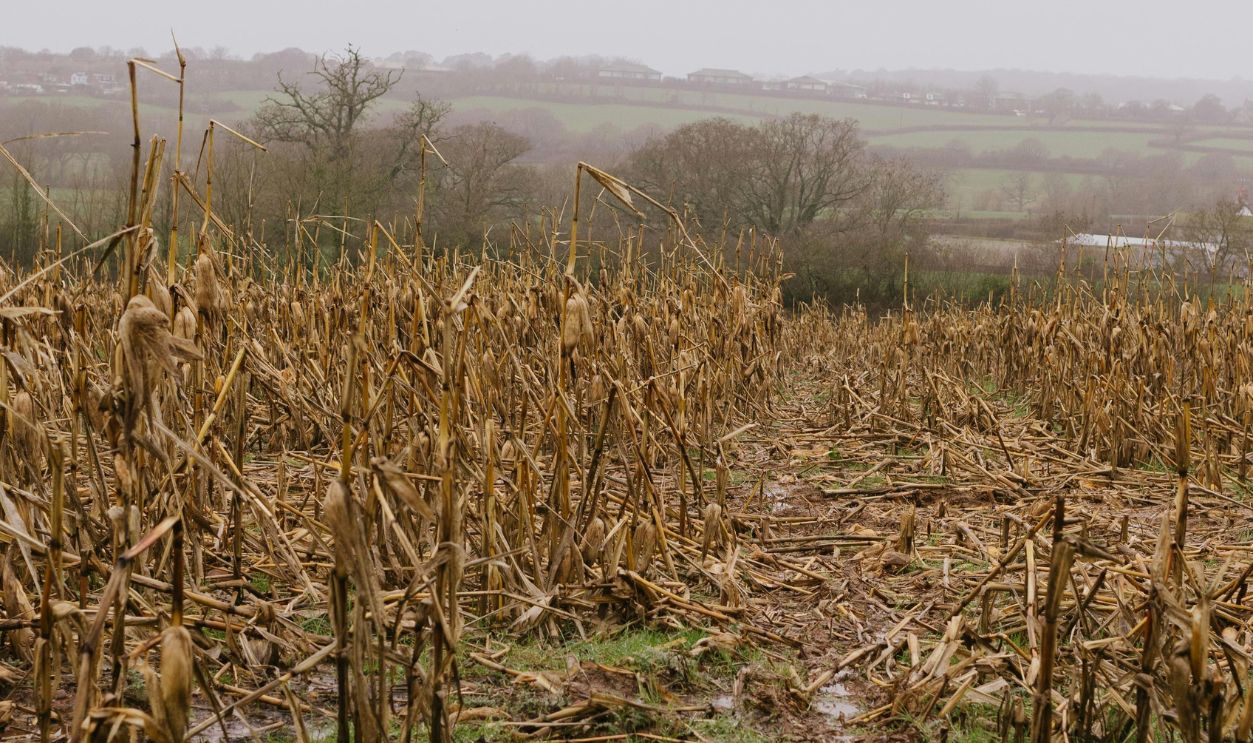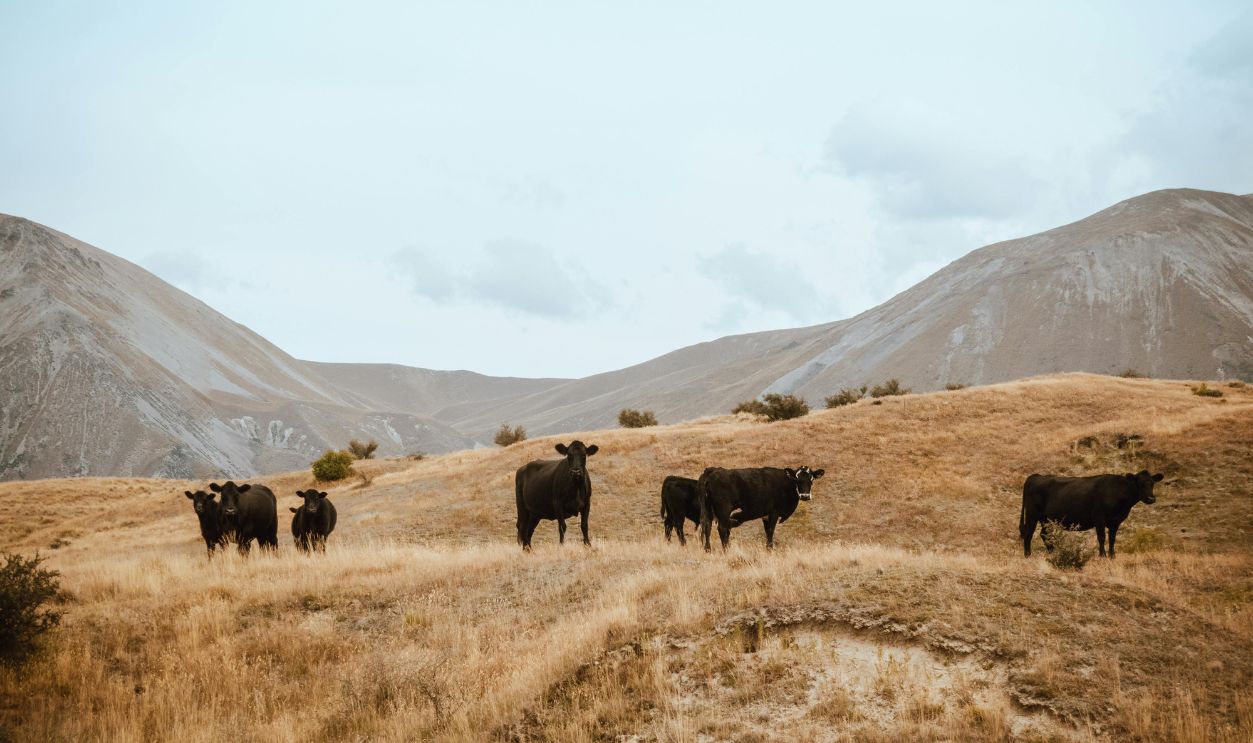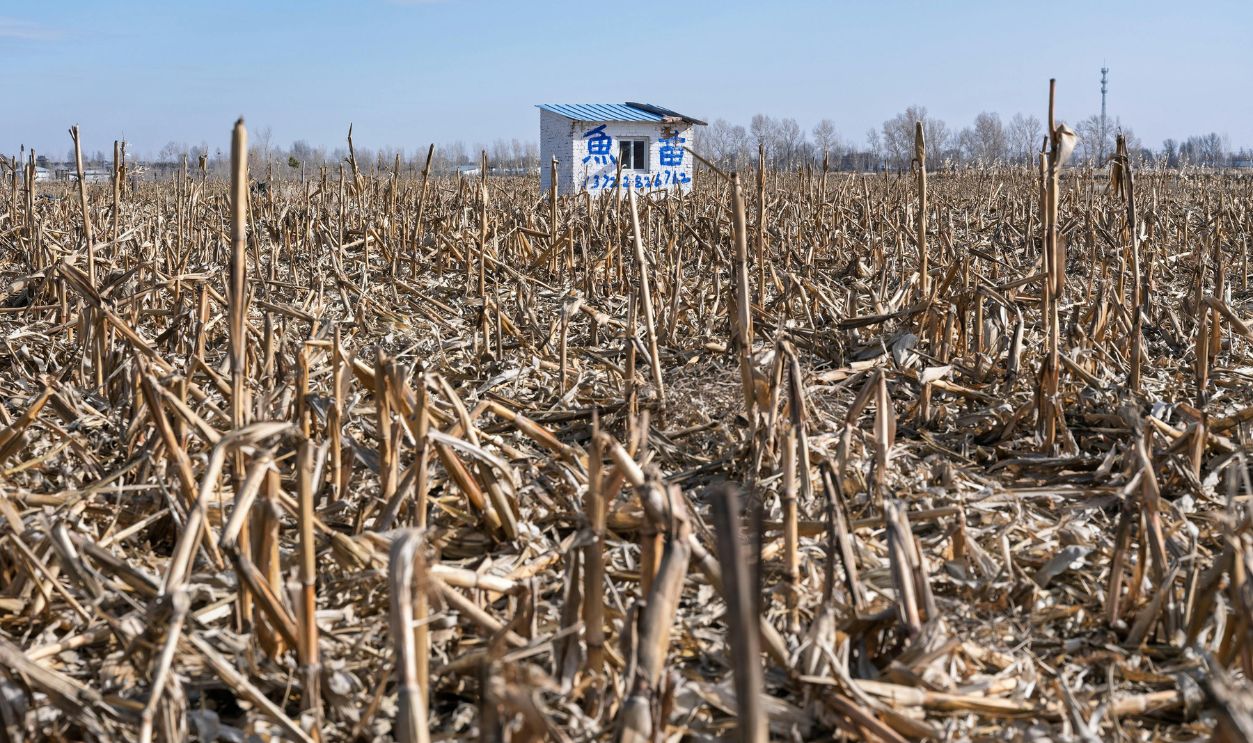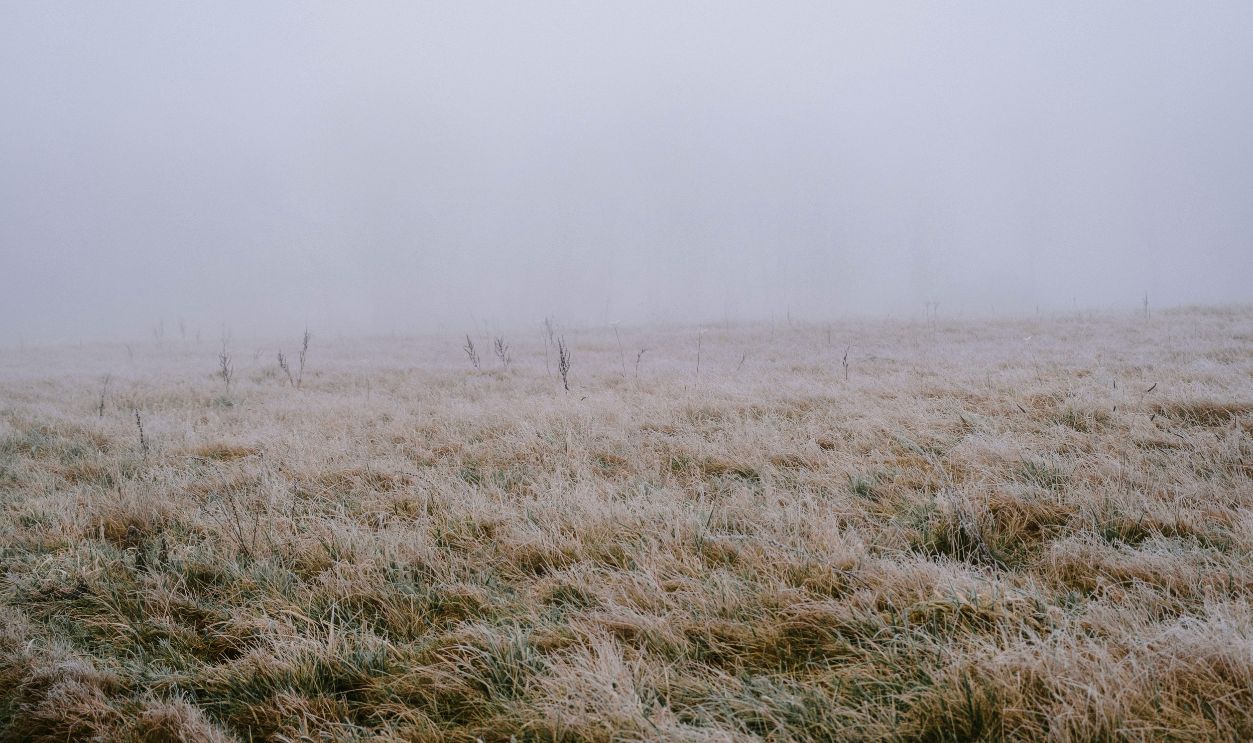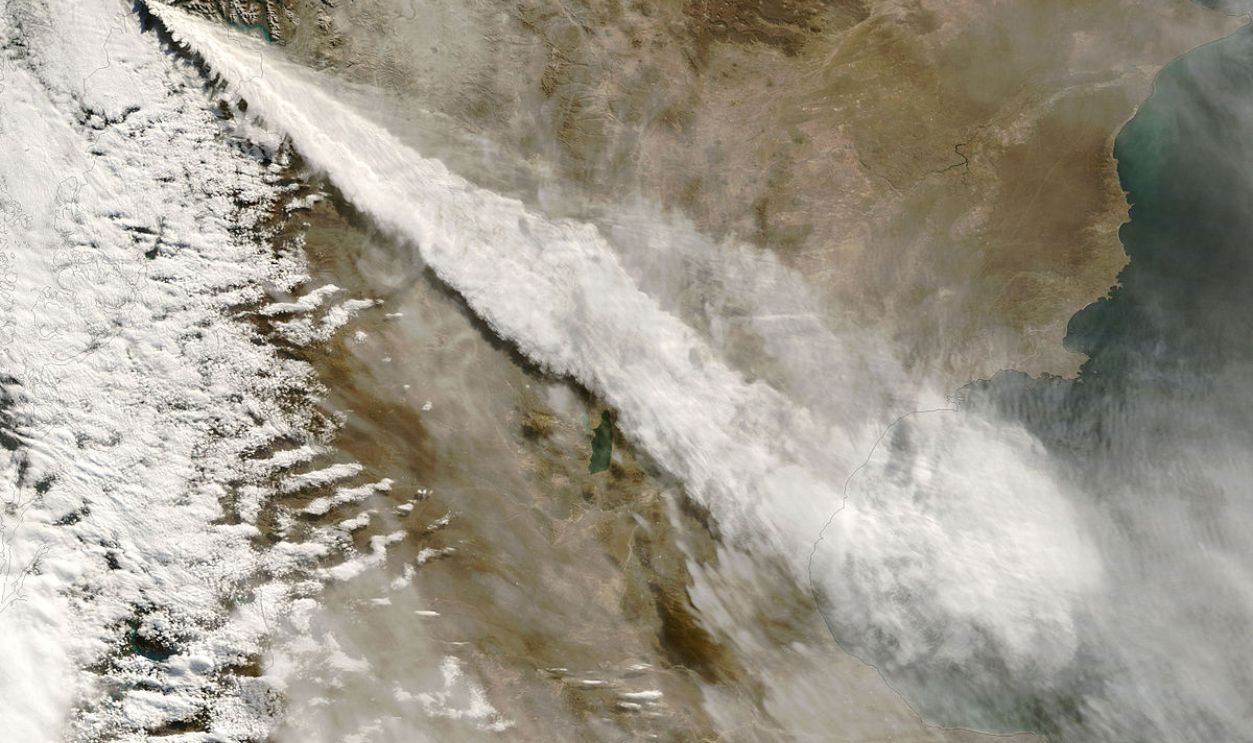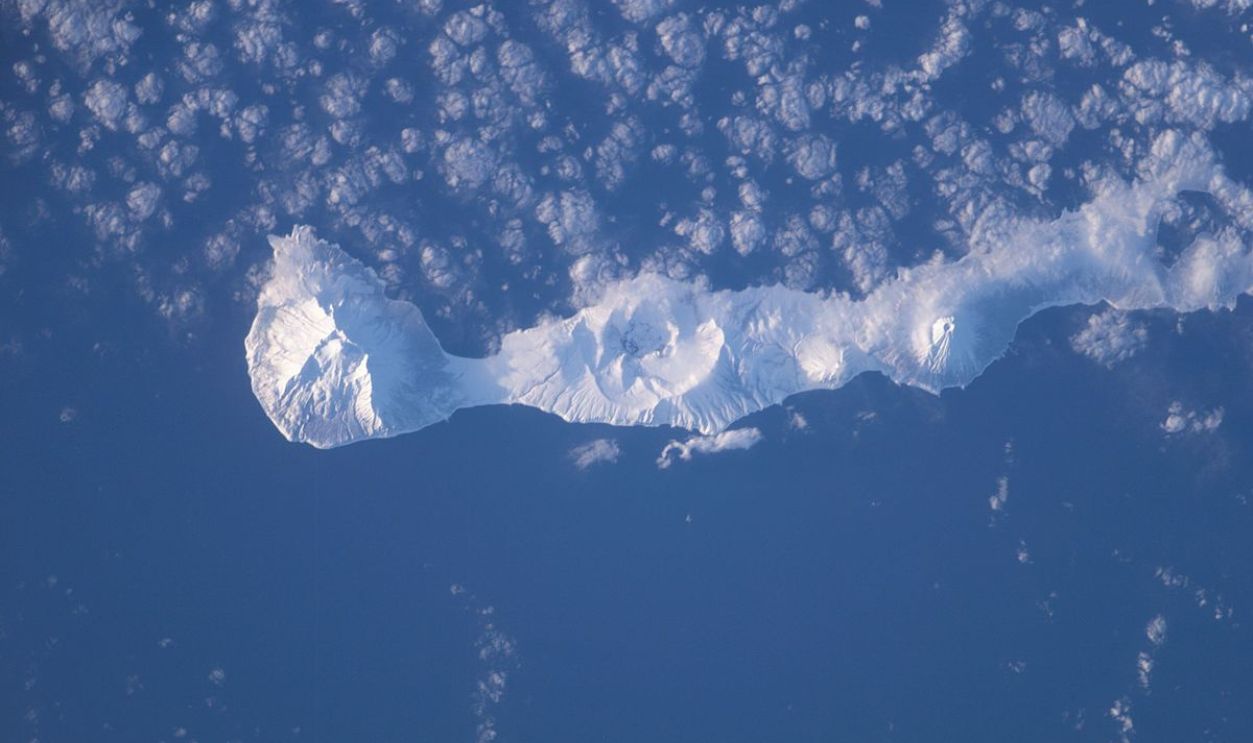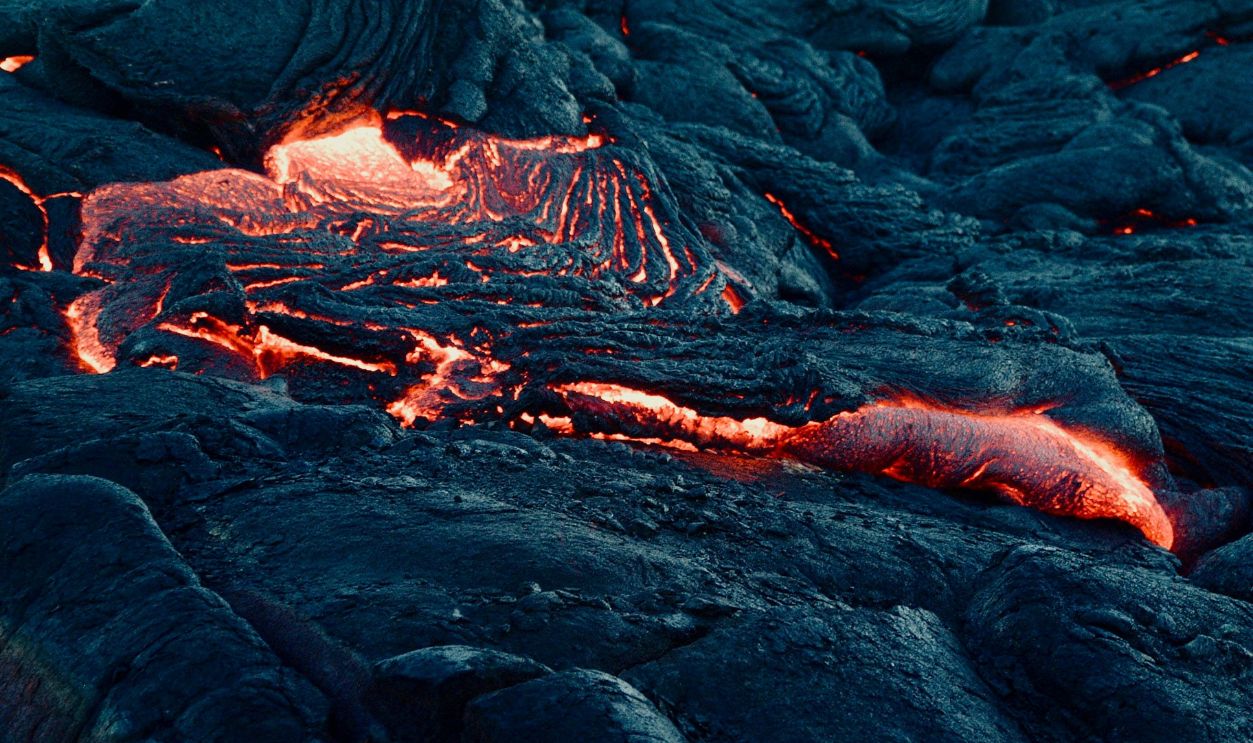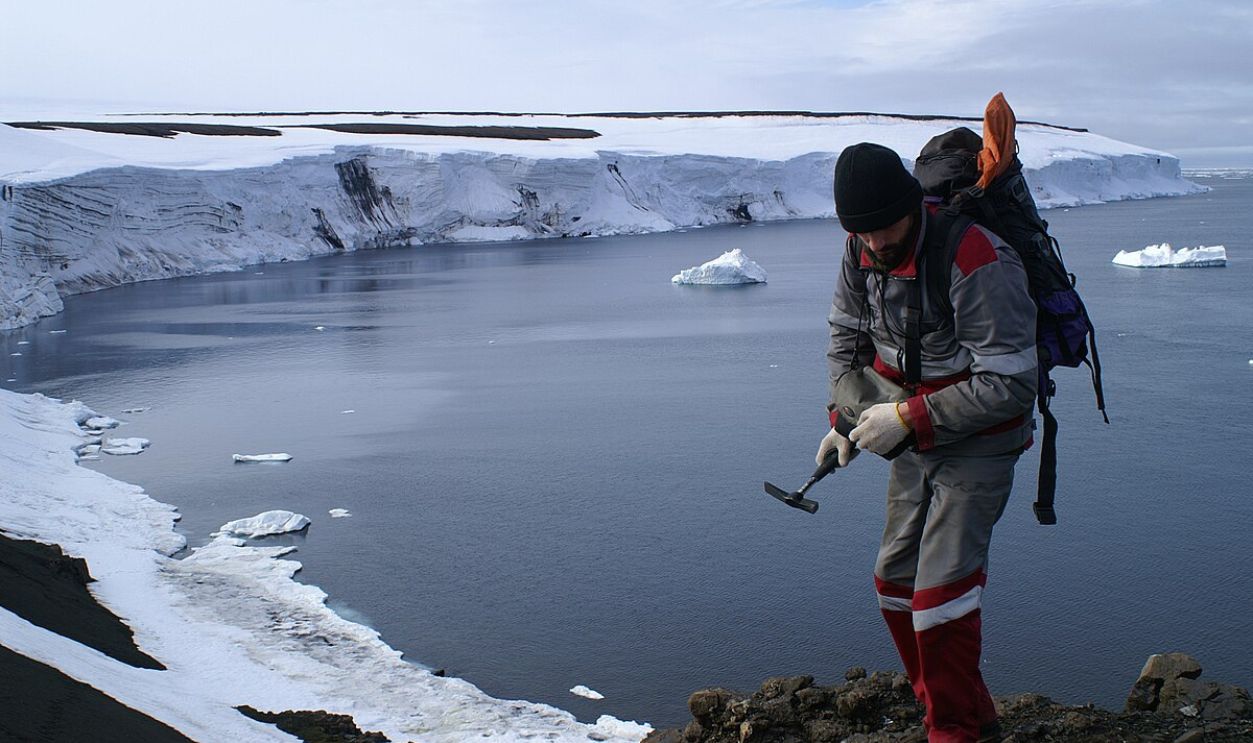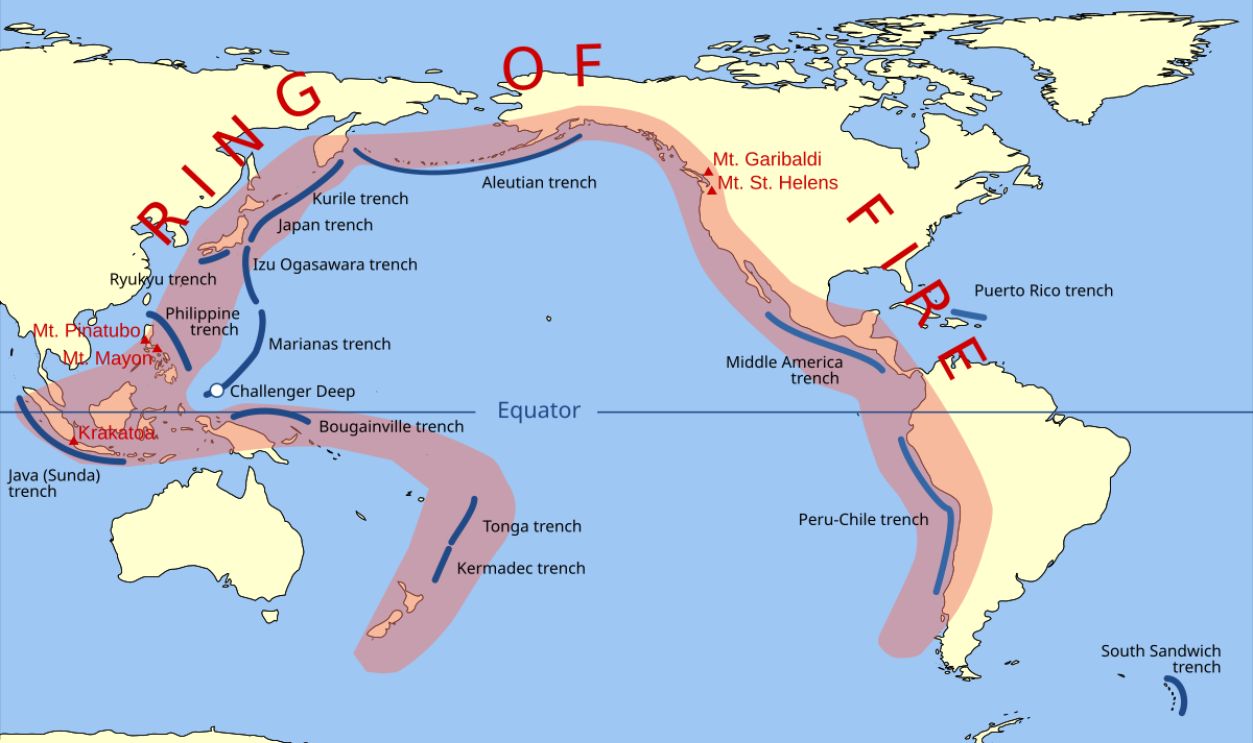Discovering The Source Of The 1831 Famine
For centuries, Simushir Island didn't attract much attention, but today, we know it's the location of a massive volcanic eruption with unparalleled aftermath. How did this one incident wreak havoc on 19th-century societies?
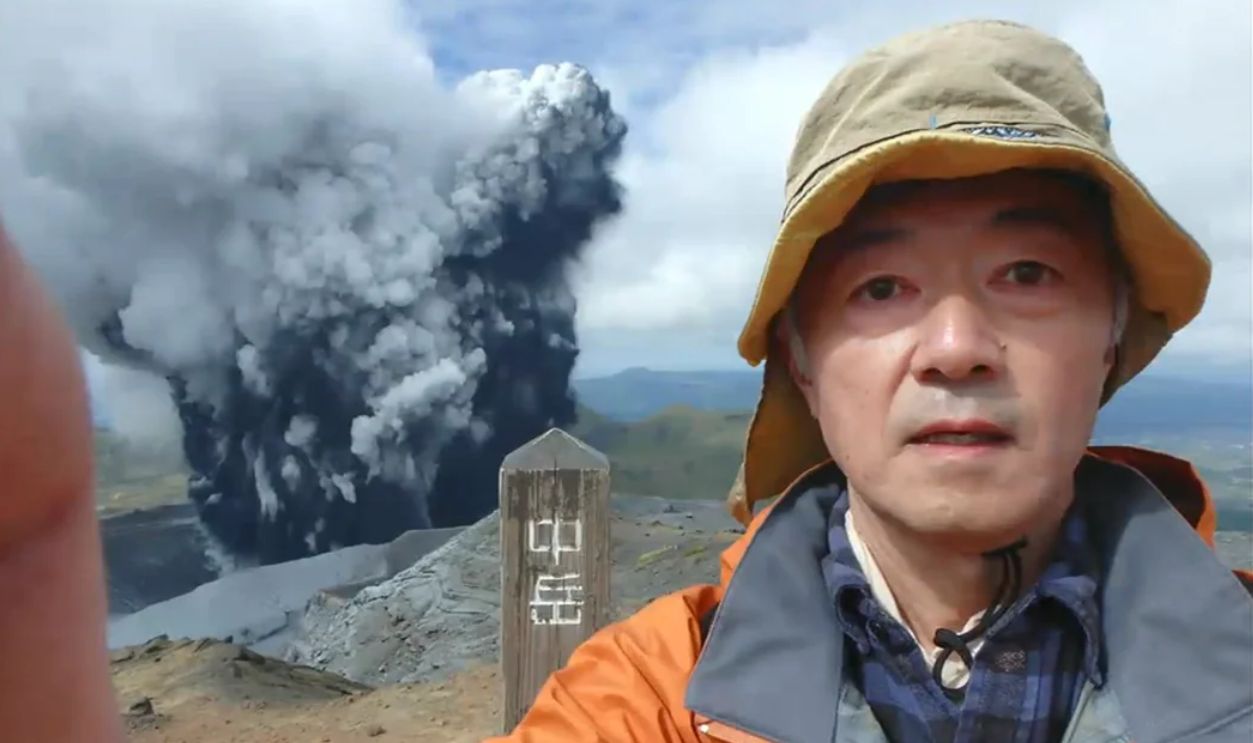
A 200-Year-Old Puzzle
The early 19th century witnessed a series of climatic anomalies with drastic consequences, most notably after the famous eruption of Tambora in 1815. Yet, the abrupt cooling and weather extremes of 1831 puzzled scientists for decades. How and why did this happen?
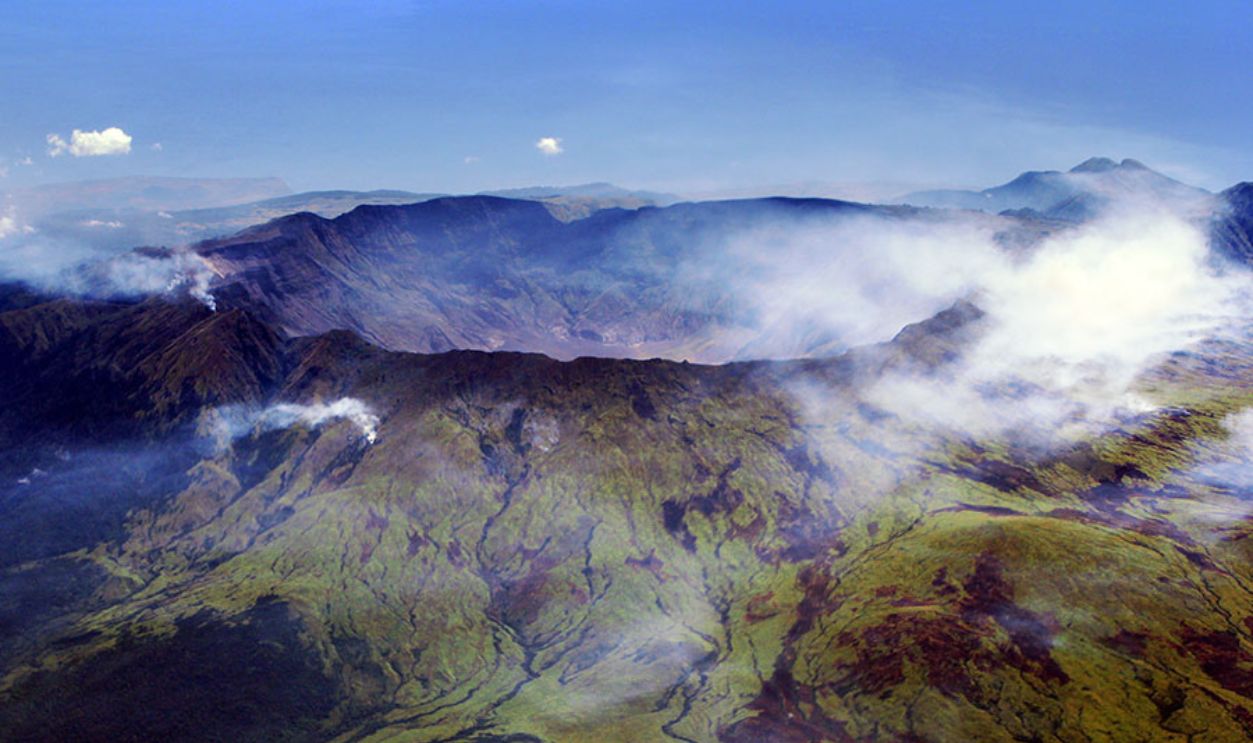 Jialiang Gao (peace-on-earth.org), CC BY-SA 3.0, Wikimedia Commons
Jialiang Gao (peace-on-earth.org), CC BY-SA 3.0, Wikimedia Commons
No Answers Were To Be Found
Despite abundant evidence pointing to another significant volcanic event, the source remained elusive. Historians and geologists speculated on various candidates, including eruptions in the Mediterranean and the Pacific, but no conclusive evidence tied these events to the observed phenomena.
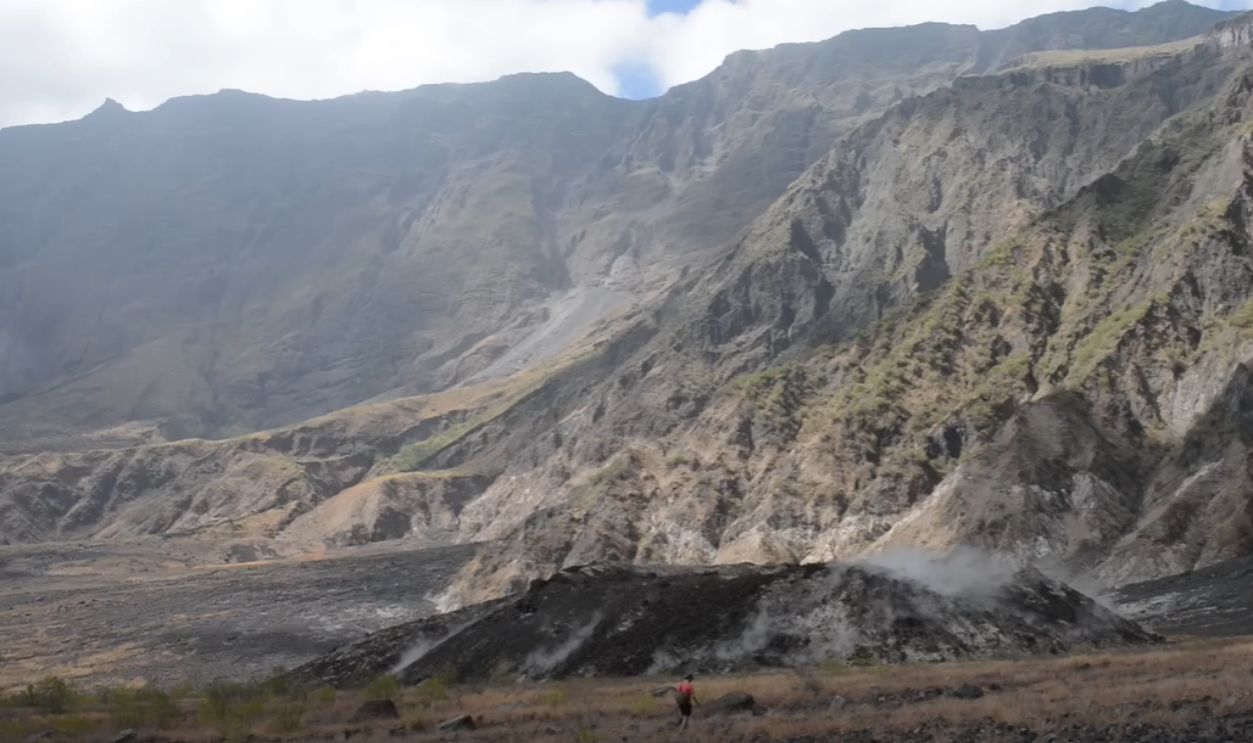 Journey to the heart of a volcano by South China Morning Post
Journey to the heart of a volcano by South China Morning Post
Some Clues Were There
Historical records from 1831 paint a grim picture of unpredictable weather, unexplained chaos, reduced sunlight, and widespread agricultural failures. Crops withered under unseasonal frosts in some regions, while others experienced relentless downpours that washed away entire harvests.
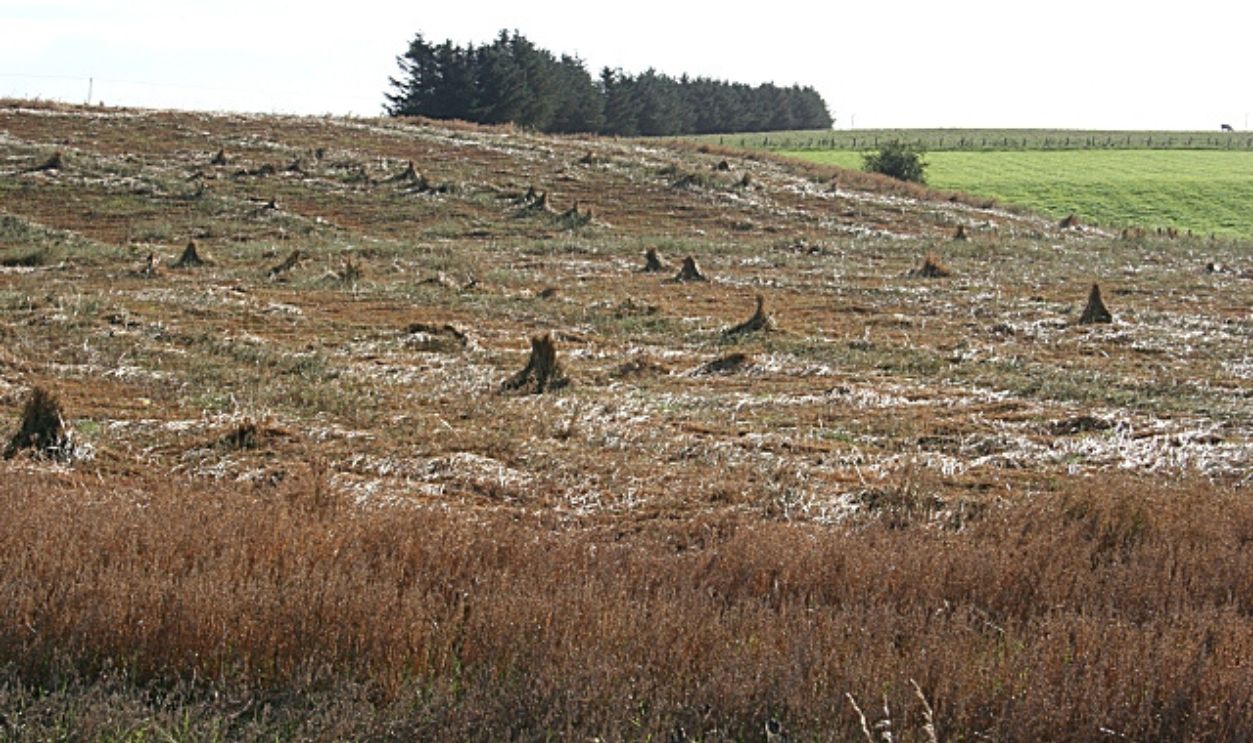 Anne Burgess, CC BY-SA 2.0, Wikimedia Commons
Anne Burgess, CC BY-SA 2.0, Wikimedia Commons
And The Aftermath Was Devastating
The repercussions were severe. They included famine, economic downturns, increased migration, and the overall societal unrest that would naturally come with these phenomena. Scientists could see what was happening but didn't know what it could be.
No Solid Proof
Scientists were studying every piece of information they could find. Some anomalies hinted at the release of volcanic gases, particularly sulfur dioxide, into the stratosphere. However, the lack of direct observations of the eruption itself compounded the mystery.
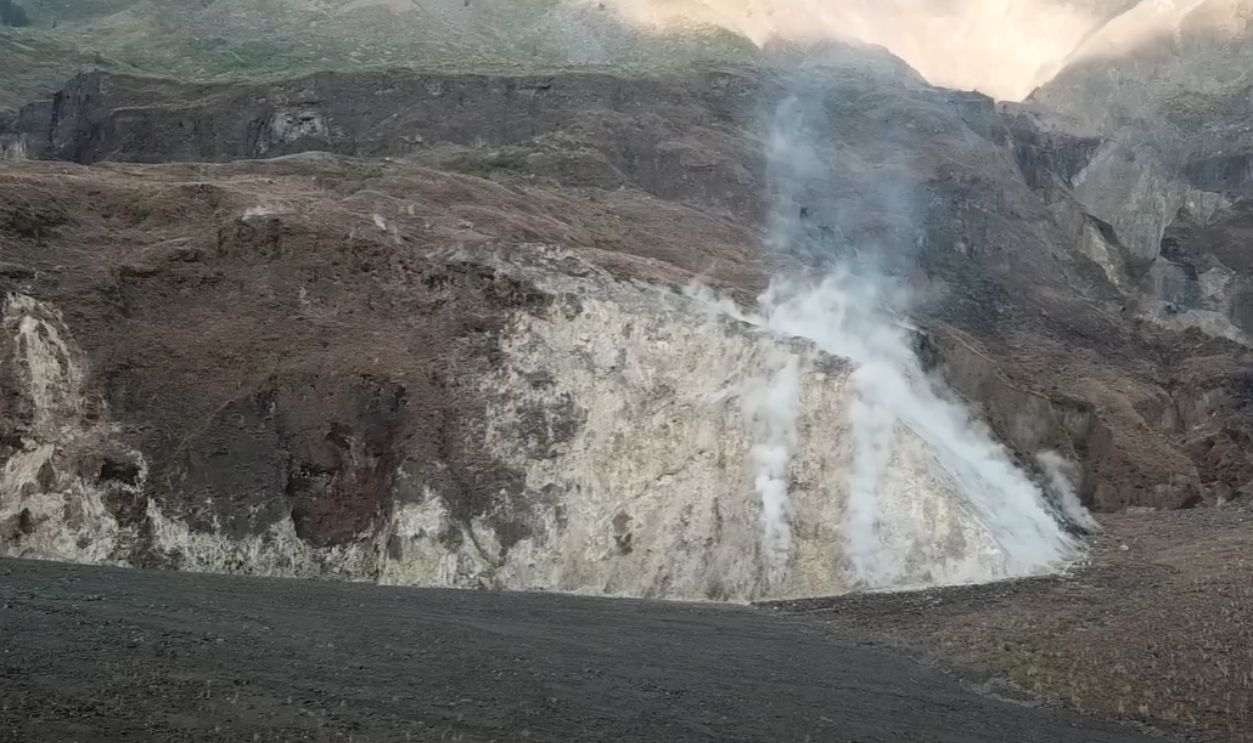 Journey to the heart of a volcano by South China Morning Post
Journey to the heart of a volcano by South China Morning Post
Some Accounts Confused Us Even More
Writers of the time struggled to describe and explain what was going on. Accounts of dimmed sunlight and unseasonal frosts frequently appear in personal diaries and local newspapers. Poets and authors used these events as metaphors for uncertainty and upheaval but couldn't explain the reason behind them.
But They Described The Global Consciousness
If you take a look at the literature produced around 1831, you'd realize that writers spoke of an overall sense of gloom. Themes of death and loss were quite common and profoundly affected Gothic and Romantic literature, which thrived during this era. Was this related to the gloomy weather?
 Mary Shelley, Lackington, Hughes, Harding, Mavor & Jones, Wikimedia Commons
Mary Shelley, Lackington, Hughes, Harding, Mavor & Jones, Wikimedia Commons
It Was Also Reflected In Art
The strikingly vivid sunsets and peculiar skies resulting from the volcanic aerosols caught the attention of artists worldwide. JMW Turner, a prominent British artist, is often cited as having portrayed the atmospheric changes of the time, with his luminous landscapes reflecting the volcanic haze.
 J. M. W. Turner, Wikimedia Commons
J. M. W. Turner, Wikimedia Commons
Until There Was A Breakthrough
Advancements in ice core analysis represented a breakthrough. Scientists discovered microscopic shards of volcanic ash trapped in polar ice layers corresponding to the 1831 event. A chemical analysis was due, and the secret was about to be revealed.
Trapped Under The Ice
By chemically analyzing these ash samples, researchers identified a unique fingerprint that pointed to the Zavaritskii volcano on Simushir Island in the Kuril archipelago. This identification resolved the mystery of 1831 and highlighted the importance of interdisciplinary research in uncovering Earth's hidden histories.
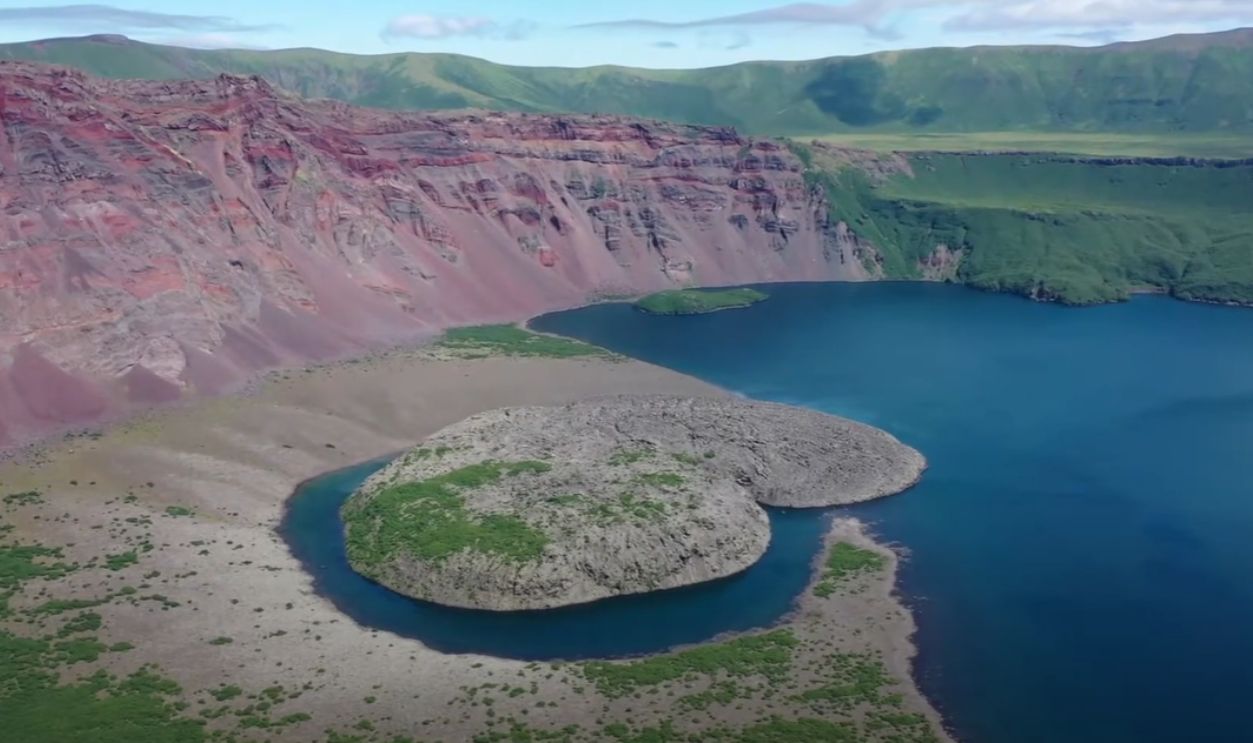 Zavaritsky Volcano, Simushir Island, Kurils by Eugene Kaspersky
Zavaritsky Volcano, Simushir Island, Kurils by Eugene Kaspersky
Identifying The Culprit
Simushir Island is part of the Kuril Islands chain between Russia's Kamchatka Peninsula and Japan's Hokkaido Island. This archipelago is known for its volcanic activity and is part of the Pacific "Ring of Fire", a region characterized by frequent earthquakes and volcanic eruptions due to tectonic plate movements.
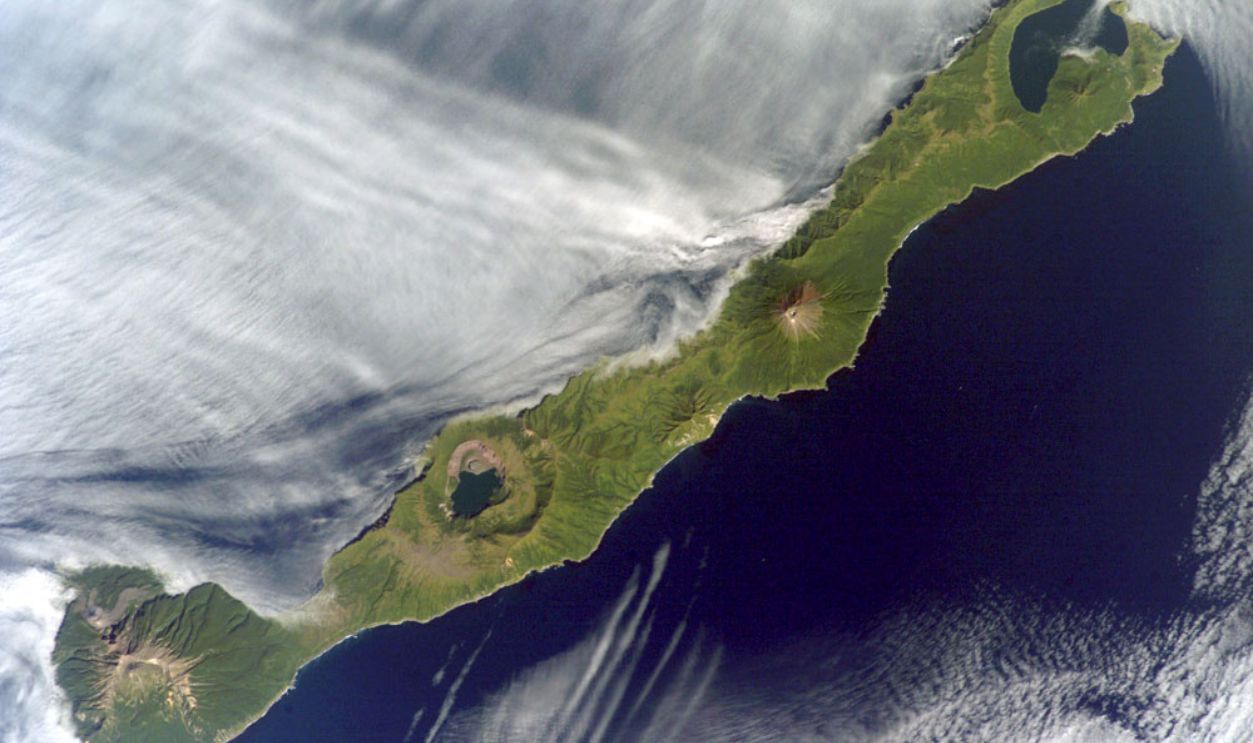 Unknown Author, Wikimedia Commons
Unknown Author, Wikimedia Commons
There Were Many Suspects
Prior to the identification of the Zavaritskii volcano as the source of the 1831 eruption, other volcanoes were considered potential culprits. Babuyan Claro in the Philippines was long thought to be responsible. However, studies have since debunked this attribution.
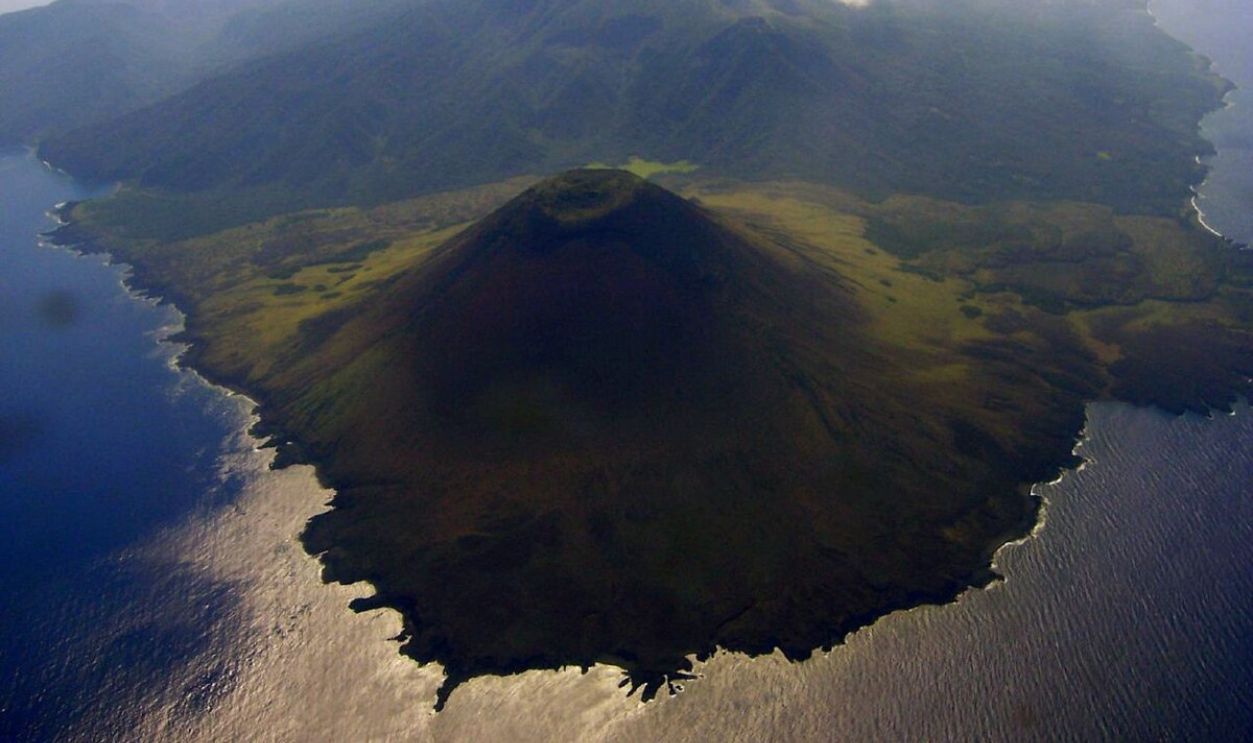 Bing Ramos, CC BY 2.0, Wikimedia Commons
Bing Ramos, CC BY 2.0, Wikimedia Commons
But Which One Was It?
Similarly, the eruption of Ferdinandea near Sicily was considered but later dismissed due to insufficient evidence linking it to the global climatic anomalies observed during that period. The misattributions stemmed from limited historical records and the lack of advanced analytical techniques at the time.
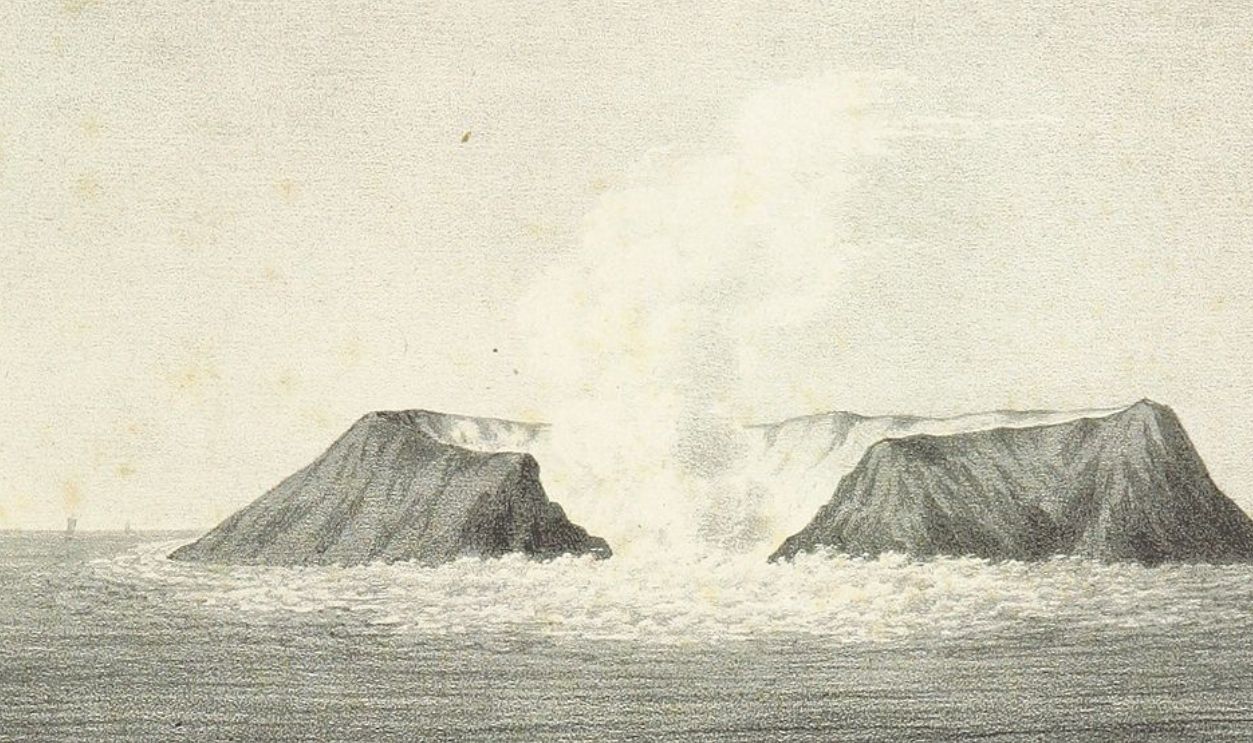 SMYTHE, George Walter, British Library, Wikimedia Commons
SMYTHE, George Walter, British Library, Wikimedia Commons
Some Context Was Needed
The Kuril Islands stretch over 1,300 kilometers and consist of more than 50 islands and islets. They are located along the convergent boundary of the Pacific and North American tectonic plates, which makes them a hotspot for seismic and volcanic activity.
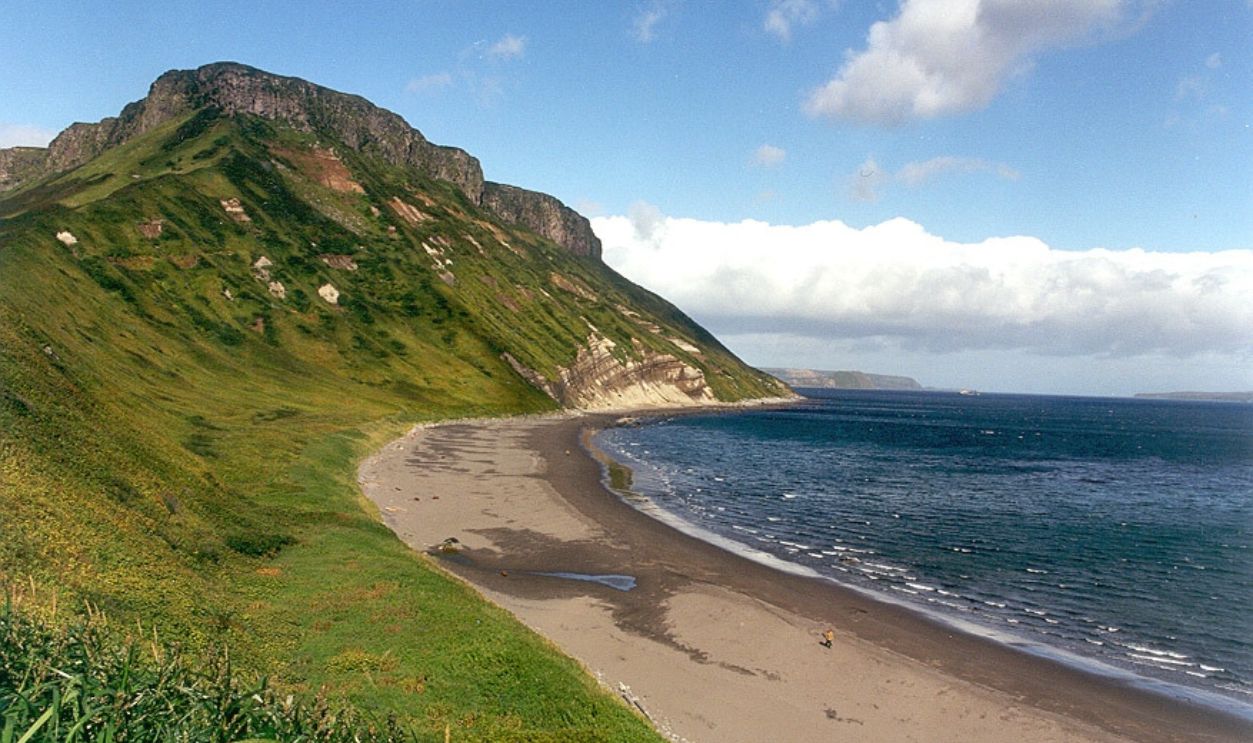 Anatoly Gruzevich, VNIRO Russia, Wikimedia Commons
Anatoly Gruzevich, VNIRO Russia, Wikimedia Commons
Not Your Usual Volcano
Unlike others, the Zavaritskii volcano is distinguished by its three calderas. This is a depression formed when a massive eruption empties the underlying magma chamber and causes the ground above to collapse. The youngest caldera spans 2.8 miles in diameter and is the result of a significant Plinian eruption.
Similarities And Differences
The Zavaritskii volcano bears several similarities to the 1815 Tambora eruption, one of the most significant volcanic events in recorded history. Both released vast amounts of sulfur dioxide. Yet, the 1815 Tambora eruption caused catastrophic local destruction and long-term cooling that disrupted societies across continents.
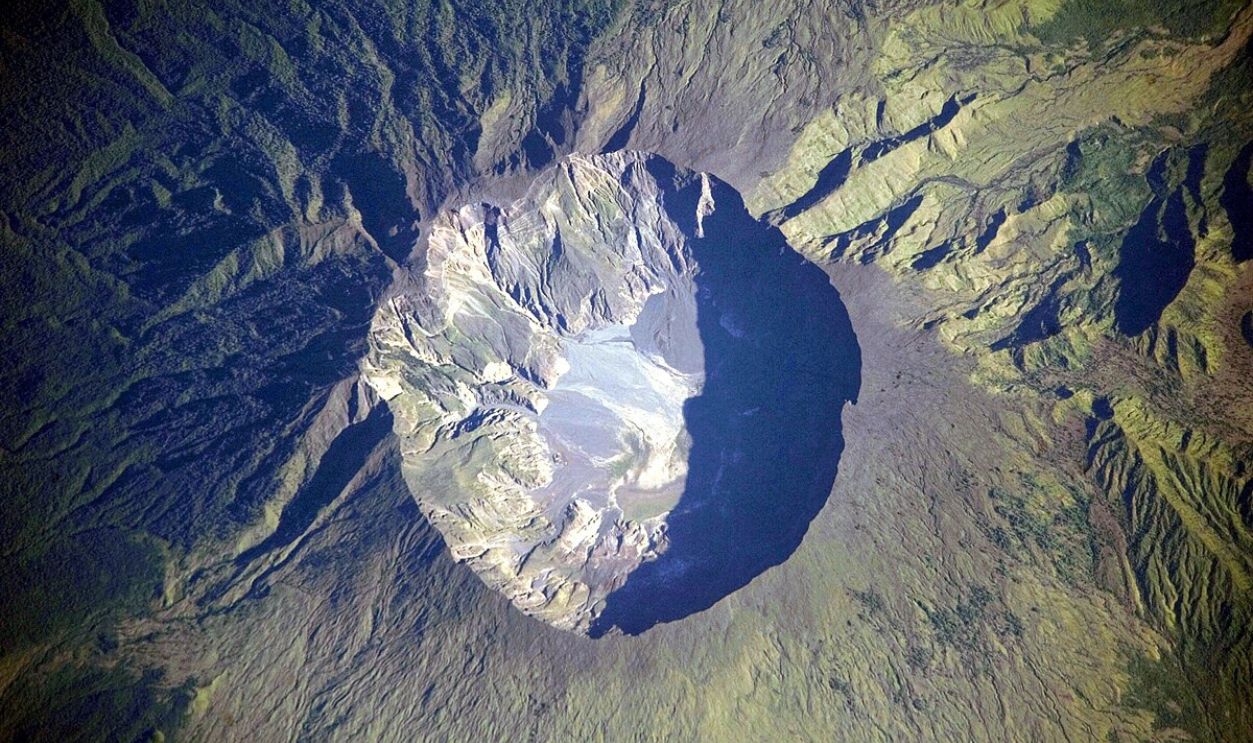 NASA Expedition 20 crew., Wikimedia Commons
NASA Expedition 20 crew., Wikimedia Commons
Current Geological Features
Today, the Zavaritskii caldera is characterized by its complex geological structure, including multiple nested calderas. The youngest 1831 caldera is steep-walled, and although the area remains geothermally active, the challenging terrain and remote location make it difficult to study.
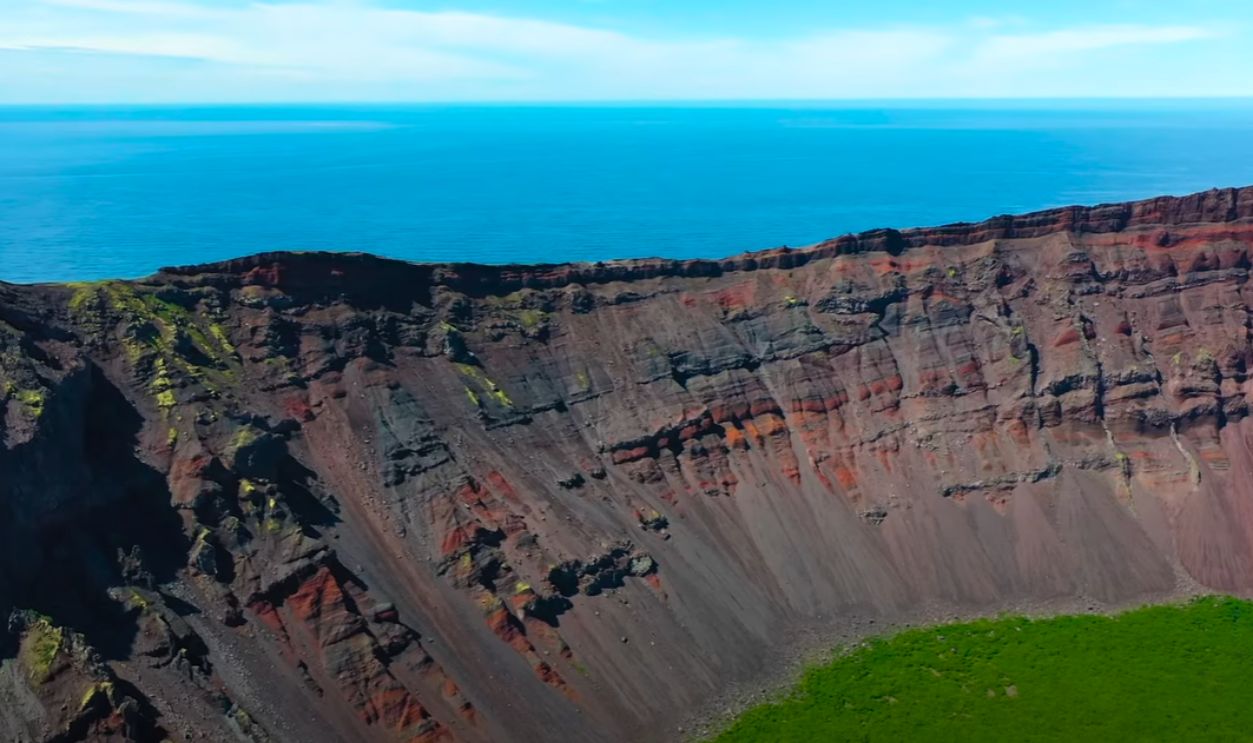 Zavaritsky Volcano, Simushir Island by Eugene Kaspersky
Zavaritsky Volcano, Simushir Island by Eugene Kaspersky
Measuring The Estimated Volcanic Explosivity Index
Studies show that the eruption had a Volcanic Explosivity Index value of 5 or 6, classifying it as a "large" eruption. This scale measures the volume of erupted materials, eruption cloud height, and qualitative observations. A VEI of 5/6 indicates a significant explosive event capable of affecting climate patterns.
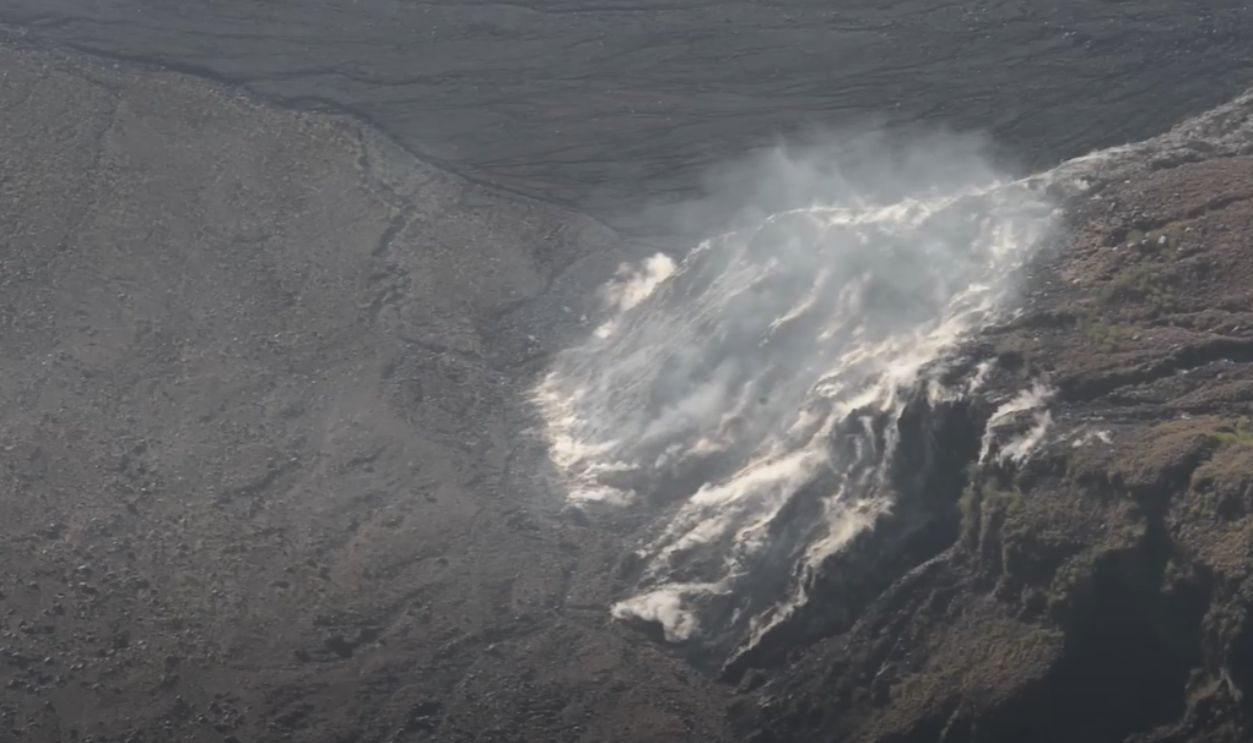 Journey to the heart of a volcano by South China Morning Post
Journey to the heart of a volcano by South China Morning Post
And Volume Of Sulfur Dioxide Emitted
That eruption released massive amounts of sulfur dioxide into the stratosphere. This substantial amount contributed to the formation of aerosols that reflected solar radiation and led to a widespread temperature decrease of about 1°C. Such an effect can persist for several years and influence climate patterns.
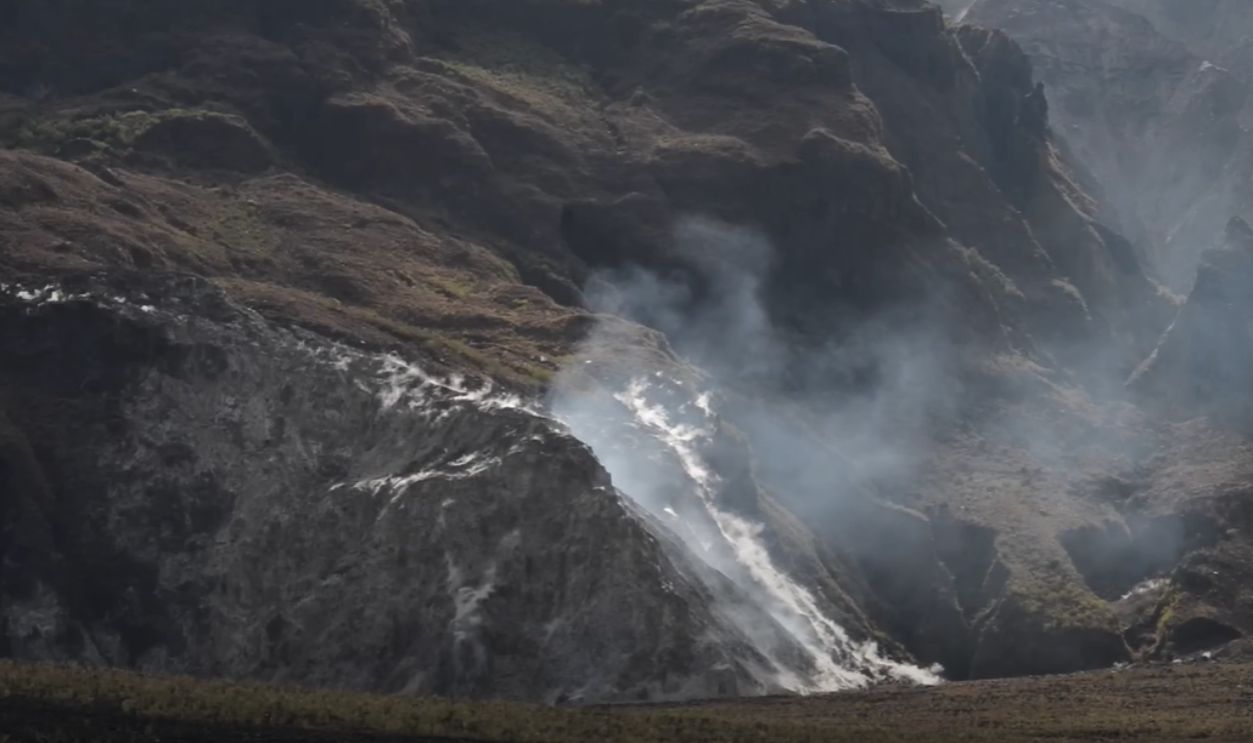 Journey to the heart of a volcano by South China Morning Post
Journey to the heart of a volcano by South China Morning Post
And It Did Alter Weather Patterns
The atmospheric aerosols produced by the eruption altered weather. These changes included shifts in precipitation and temperature anomalies, which had widespread effects on ecosystems and human societies. The cooling and altered weather conditions contributed to crop failures and famines in various regions.
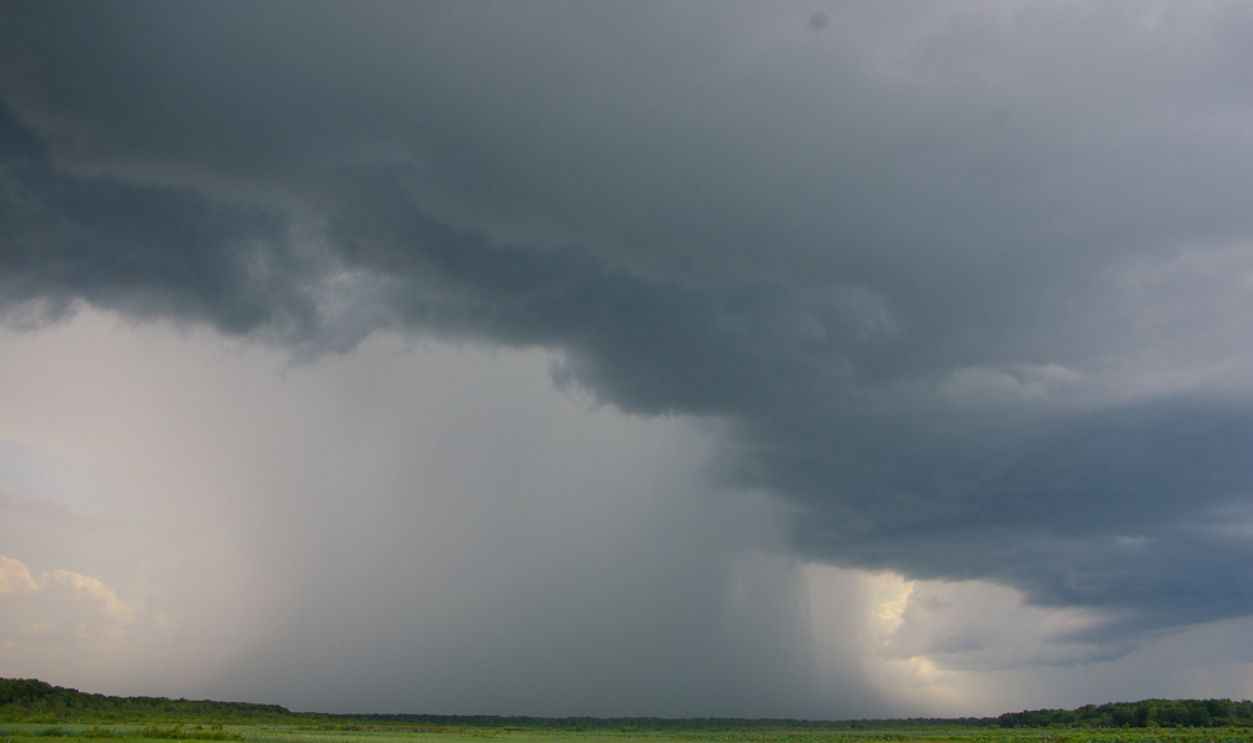 Bidgee, CC BY 3.0, Wikimedia Commons
Bidgee, CC BY 3.0, Wikimedia Commons
Explanation Of The Agricultural Consequences
Plants are sensitive to climate change. That said, the persistent lower temperatures adversely affected agricultural productivity and resulted in food shortages in multiple areas. These conditions were particularly severe in regions dependent on staple crops, which led to significant economic and social challenges.
That Caused Famines
With fewer crops available for humans and cattle, people struggled with famines that spread across the globe. The reduced food supply and economic hardships increased hunger and mortality. These events highlight the profound impact that volcanic eruptions can have on human societies.
And Economic Hardships
Crop yields, particularly in Europe, North America, and Asia, suffered immensely because of the blocked sunlight. Harvest failures resulted in skyrocketing food prices and pushed many communities into economic crises. Famine was particularly widespread in regions reliant on wheat and rice.
That Caused Social Unrest
As food became scarce, riots broke out in urban areas, particularly in Europe, where populations were already grappling with industrialization-related changes. Historical records document numerous instances of looting and violent clashes as desperate communities demanded government intervention.
 Unknown Author, Wikimedia Commons
Unknown Author, Wikimedia Commons
And Had Massive Political Consequences
This period saw the rise of movements advocating for social and political reforms as authorities struggled to address the compounded challenges of economic instability and public discontent. People were struggling to make a living, and the authorities failed to help.
Historical Accounts Were Confusing
Today, we're blessed with modern technology that can help us understand volcanic eruptions and their consequences. However, in the 19th century, people had no access to such data, and this left many confused about what they saw and what it meant.
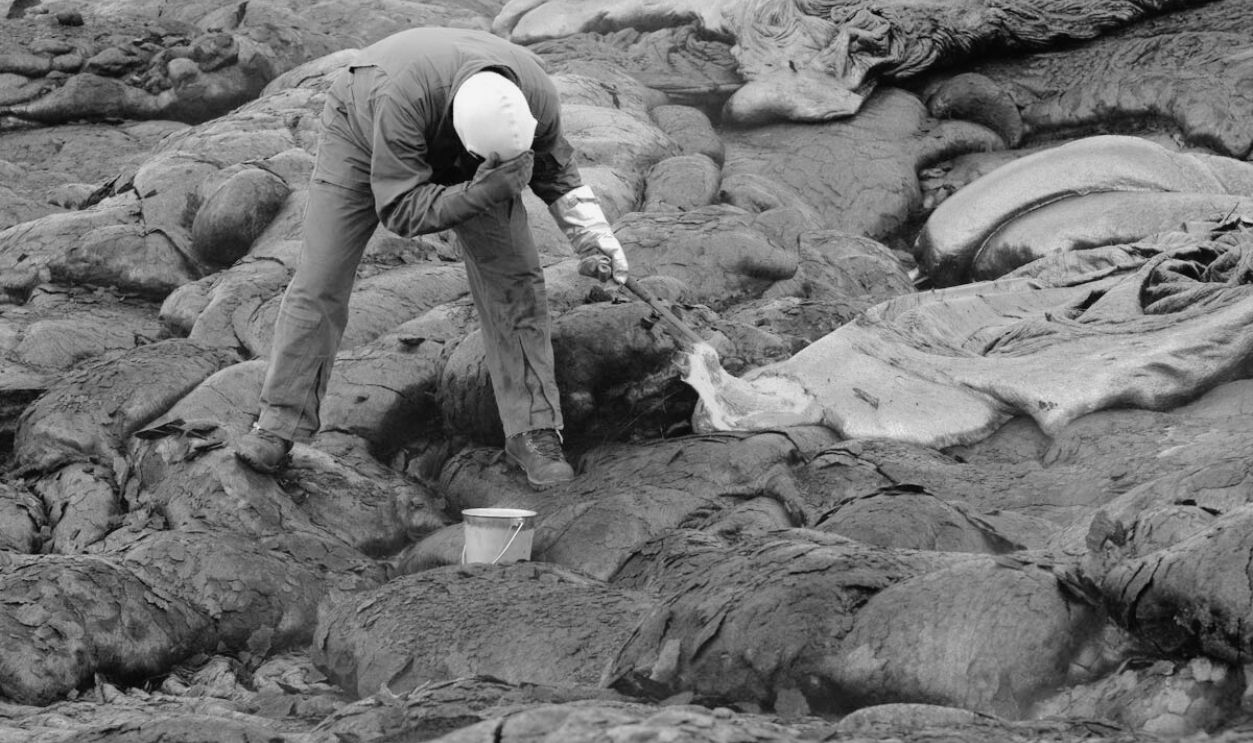 Hawaii Volcano Observatory, USGS, Wikimedia Commons
Hawaii Volcano Observatory, USGS, Wikimedia Commons
They Spoke Of The Sun And Moon
Historical observers worldwide reported a series of unusual atmospheric phenomena. Notably, the sun and moon appeared discolored with hues of blue and green, a result of volcanic aerosols scattering sunlight. Perhaps they thought this was related to a divine punishment.
And Mysterious Fog Enveloped The Globe
Eyewitnesses also spoke of a persistent dry fog enveloping many regions. Other optical phenomena, such as Bishop's Ring—a diffuse halo around the sun—were commonly observed. Japanese records, for instance, speak of these events in great detail and highlight the effects on the community.
But Identifying The Source Was Difficult
Nevertheless, it was hard to pinpoint the root cause. The year 1831 witnessed activity from several volcanoes, including those in the Philippines and Sicily. This simultaneous activity complicated efforts to find the exact source of the climatic anomalies observed.
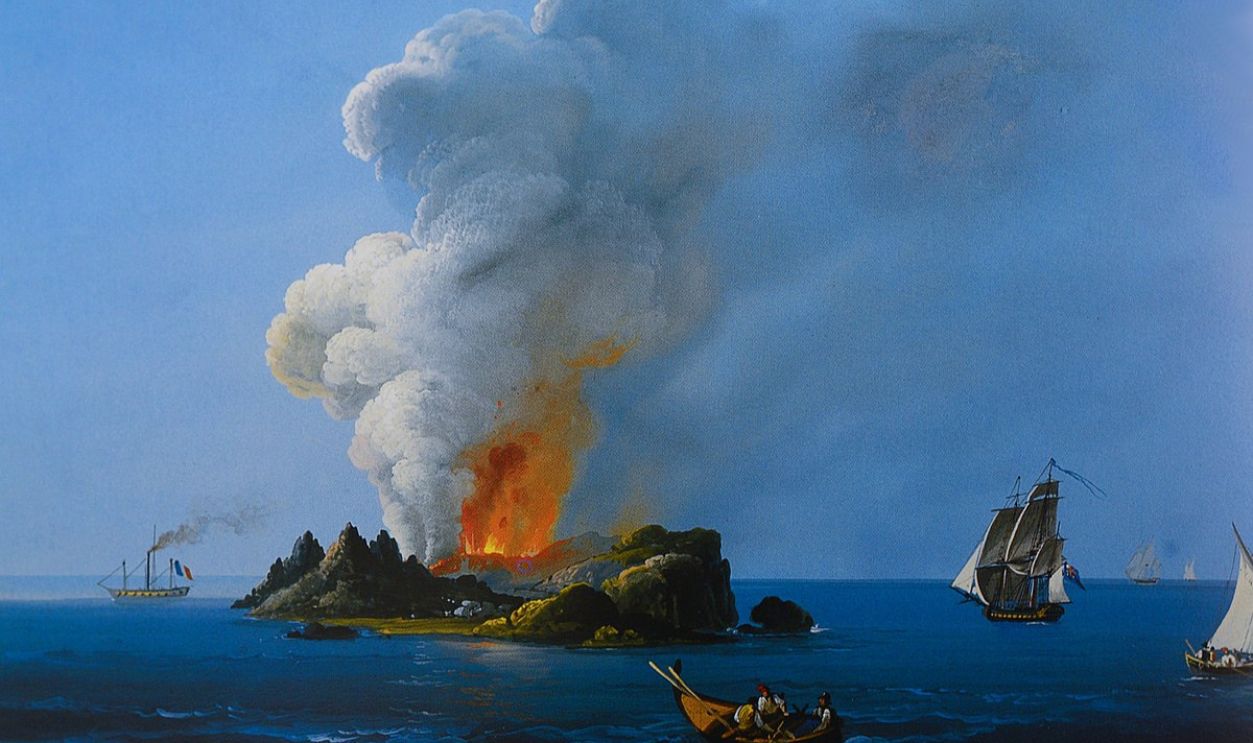 Camillo De Vito, Wikimedia Commons
Camillo De Vito, Wikimedia Commons
Absence Of Precise Records
Due to the lack of advanced monitoring technologies, many volcanic eruptions went undocumented, especially those in remote regions. For example, the absence of detailed records from the Kuril Islands hindered the initial identification of the Zavaritskii volcano as the eruption source.
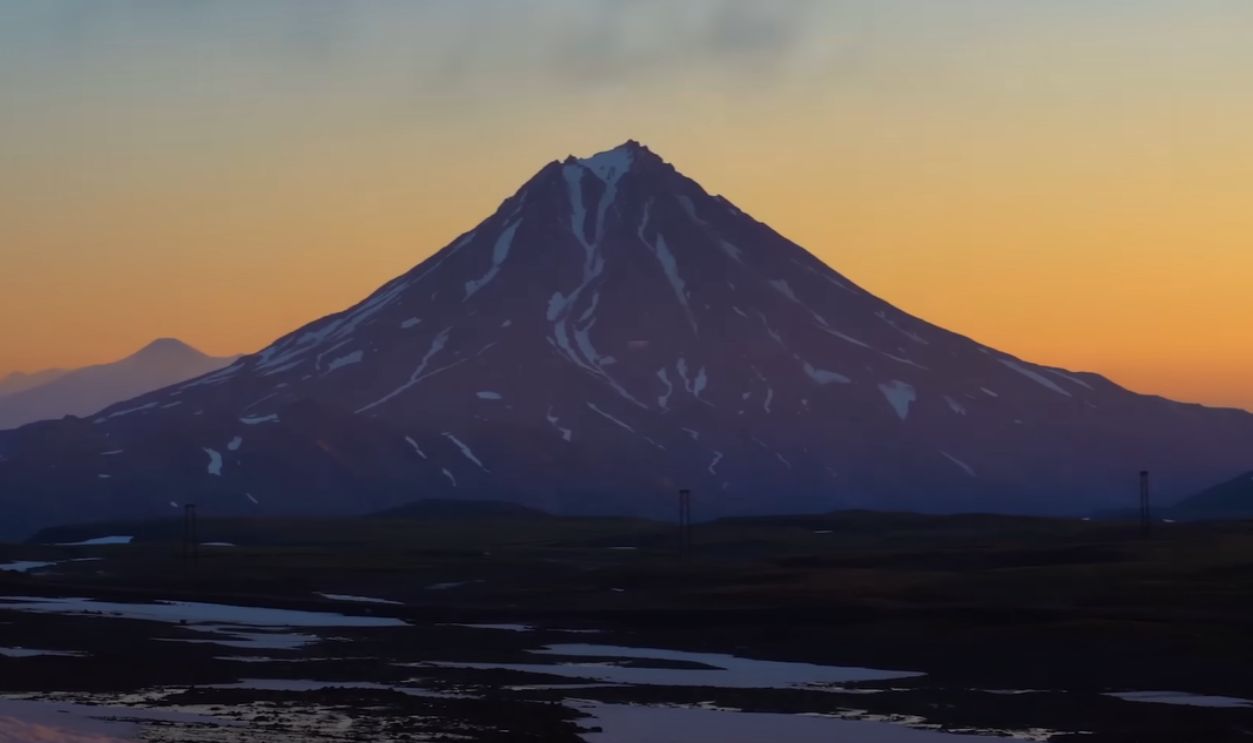 The Volcanic Monster We Couldn't Find... Until Now by GeologyHub
The Volcanic Monster We Couldn't Find... Until Now by GeologyHub
Filling In Historical Gaps
Modern volcanology has benefited immensely from the development of ice core analysis. By extracting and examining layers of ice from polar regions, scientists can identify and date volcanic ash deposits, known as tephra. These layers serve as chronological markers and link volcanic events to specific periods.
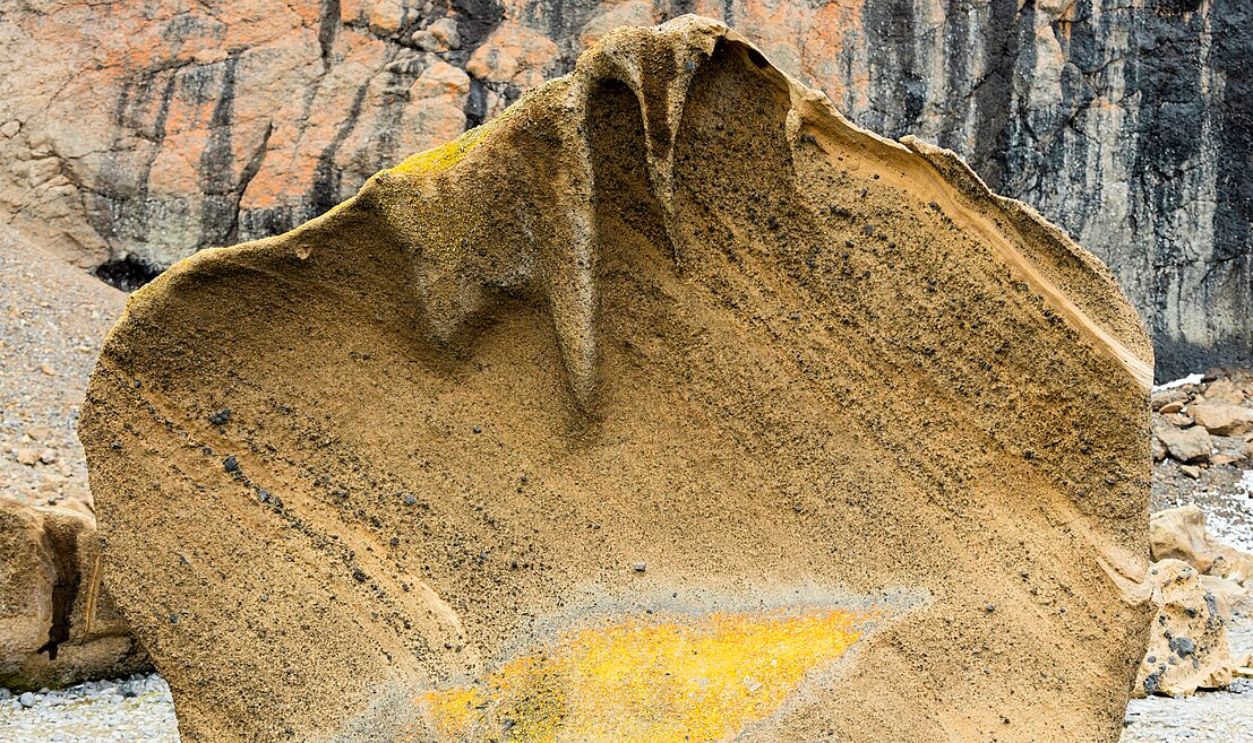 Godot13, CC BY-SA 4.0, Wikimedia Commons
Godot13, CC BY-SA 4.0, Wikimedia Commons
By Detecting Microscopic Ash Particles
New analytical methods now allow for the detection of microscopic volcanic ash particles within ice cores. Techniques such as flow imaging microscopy and deep neural networks facilitate the autonomous classification of these particles. This enhances the precision of volcanic event identification and improves our understanding of their climatic impacts.
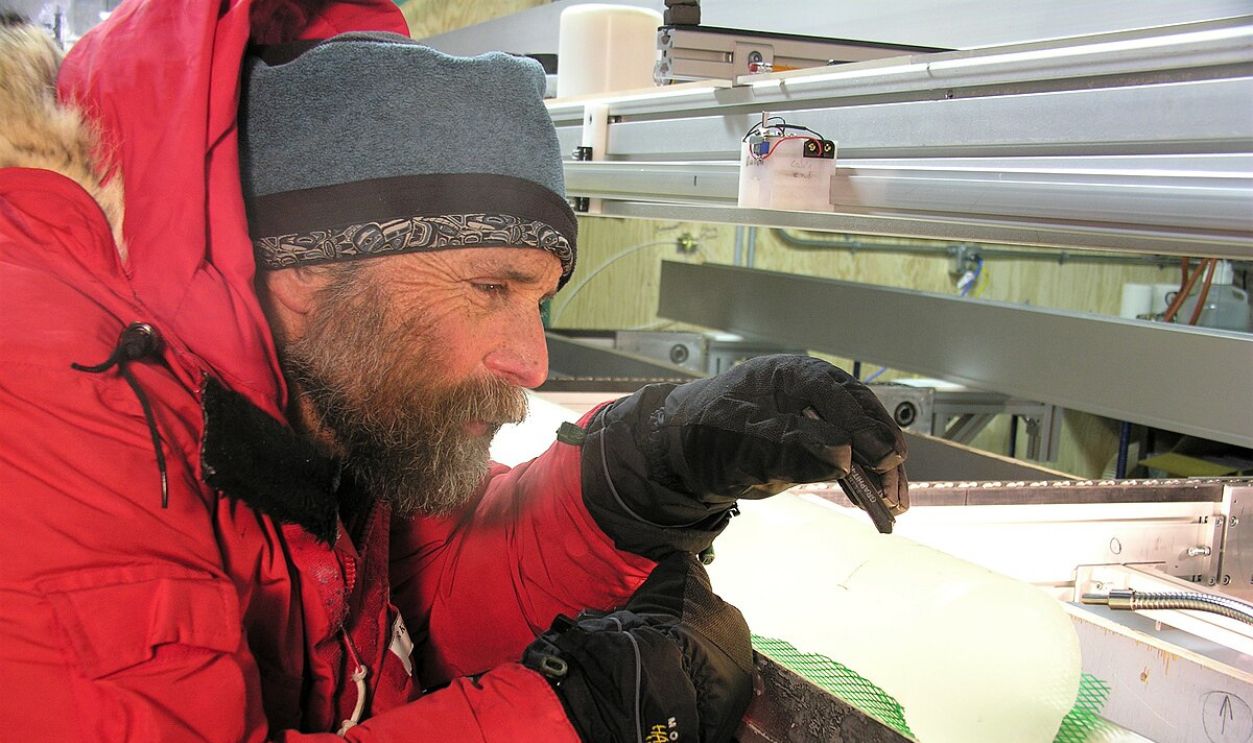 Kendrick15435, Wikimedia Commons
Kendrick15435, Wikimedia Commons
And Extracting Of Ash Shards From Ice Layers
Polar ice cores serve as time capsules by preserving layers of snowfall that compact into ice over millennia. Embedded within these layers are microscopic ash particles from volcanic eruptions. Recent advancements have enabled scientists to extract these tiny ash shards from ice cores with remarkable precision.
 Hannes Grobe, AWI, CC BY-SA 2.5, Wikimedia Commons
Hannes Grobe, AWI, CC BY-SA 2.5, Wikimedia Commons
Chemical Analysis Linking Ash To Zavaritskii
Once extracted, the ash shards undergo detailed chemical analysis to determine their geochemical fingerprint. By comparing the composition of these particles with known volcanic deposits, researchers can trace them back to their source. In this case, the chemical signature matched perfectly with samples from the Zavaritskii volcano.
 Unknown Author, Wikimedia Commons
Unknown Author, Wikimedia Commons
Collaborative Research Efforts Were Needed
Scientists from various countries got together to verify these results. Such international cooperation is essential in volcanology, as it combines diverse expertise and resources to tackle complex geological mysteries. By working together, researchers can share data and insights that lead to groundbreaking discoveries.
 National Eye Institute, CC BY 2.0, Wikimedia Commons
National Eye Institute, CC BY 2.0, Wikimedia Commons
Sharing Of Geological Samples And Data
Collaboration in this research extended to the sharing of ice core samples, volcanic ash deposits, and analytical tools to facilitate a comprehensive study that would be challenging for a single entity to accomplish. This collective approach accelerates scientific progress and creates a more integrated understanding of volcanic activity.
Led To The Resolution Of A Long-Standing Mystery
Identifying the Zavaritskii volcano as the source of the 1831 eruption resolves a nearly two-century-old geological mystery. This discovery fills a significant gap in the historical record of volcanic activity and provides clarity on an event that had profound climatic and societal impacts.
Animals Also Suffered
The eruption also immediately impacted wildlife. The massive outpouring of volcanic material blanketed the surrounding vegetation, destroying plants and altering habitats. Marine ecosystems near Simushir Island were likely affected, leading to fish population shifts and coastal biodiversity.
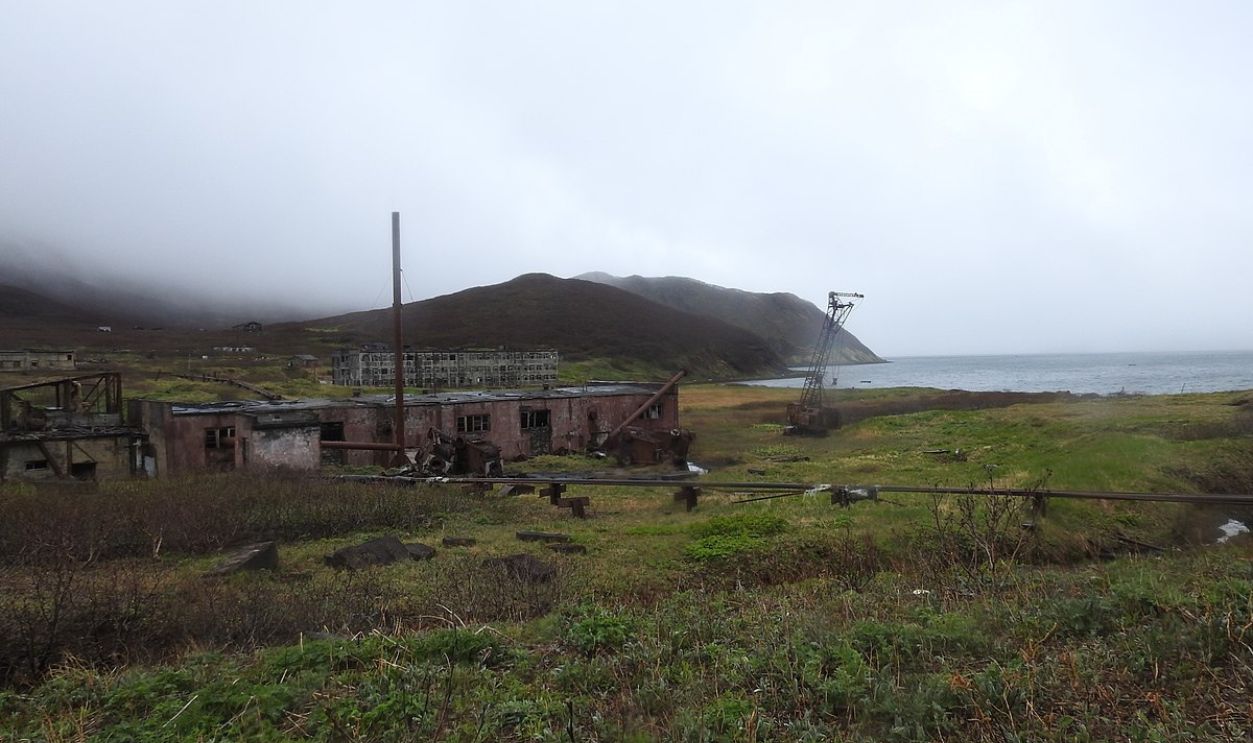 敷香, CC BY-SA 3.0, Wikimedia Commons
敷香, CC BY-SA 3.0, Wikimedia Commons
Long-Term Geological Transformations
Over the years, the caldera has evolved into a striking geological feature, with lava flows, fumaroles, and hot springs characterizing the area. These features serve as living proof of the immense forces unleashed during the eruption and offer scientists a window into the processes driving such events.
Potential For Future Undiscovered Eruptions
Luckily, advancements in analytical techniques have significantly improved the precision of chemical fingerprinting of volcanic ash. Electron microprobe analysis and mass spectrometry allow scientists to determine the exact chemical composition of ash particles. This precision enables accurate matching of ash samples to their volcanic sources.
 RichardMcCoy, CC BY-SA 3.0, Wikimedia Commons
RichardMcCoy, CC BY-SA 3.0, Wikimedia Commons
The Importance Of Historical Data In Forecasting
By correlating historical narratives with scientific data like ice core samples and ash analysis, researchers can refine models that predict the behavior and impact of future eruptions. This approach enhances the ability to anticipate large-scale volcanic events and mitigate their potential consequences, especially for vulnerable populations.
 Nessa Eull, CC0, Wikimedia Commons
Nessa Eull, CC0, Wikimedia Commons
Methods To Uncover These Events
High-resolution ice core analysis, which was instrumental in linking ash shards to the Zavaritskii caldera, can be applied to identify other eruptions. Satellite imaging and radiocarbon dating further enhance the ability to locate and study ancient volcanic events. Developing these methods can provide a clearer picture of Earth's volcanic history.
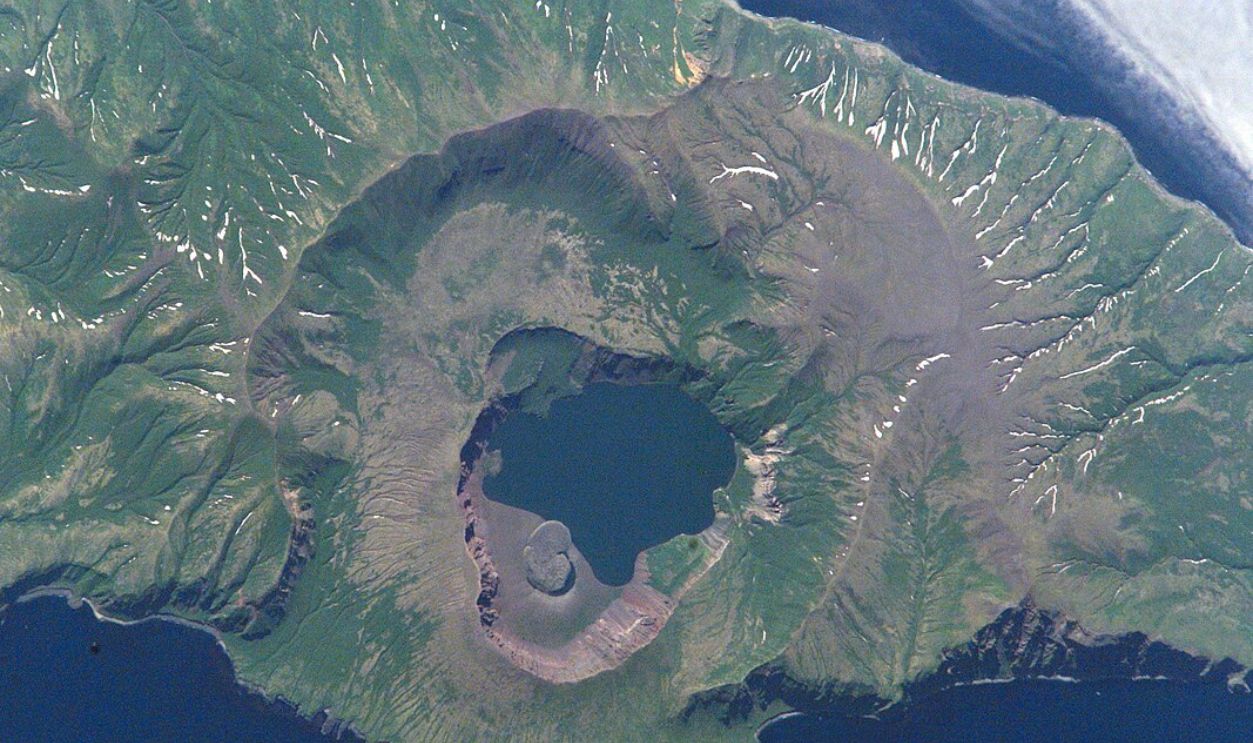 Image Science & Analysis Laboratory, NASA Johnson Space Center., Wikimedia Commons
Image Science & Analysis Laboratory, NASA Johnson Space Center., Wikimedia Commons
Integration Of Multidisciplinary Research Approaches
Geologists, climatologists, and historians collaborated to piece together a cohesive narrative using tools ranging from chemical fingerprinting to archival research. For future predictions, such collaborative efforts can ensure that even remote and poorly studied volcanic regions are included in global monitoring networks.
To Solve Other Mysteries
Many volcanic events are still unidentified. They could have left subtle traces in environmental records, like tree rings and ice cores, but were overlooked due to limited historical documentation or technologies. Regions like the Pacific Ring of Fire likely hold secrets of past eruptions that influenced many climates and societies.




